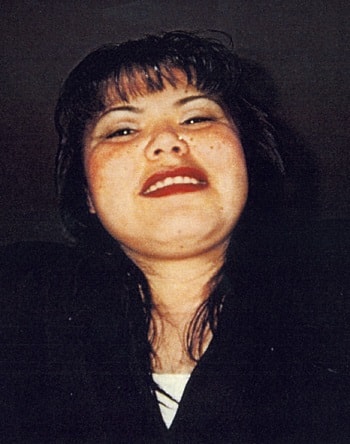After two days of delays and three hours of instructions from the judge, the jury retired Thursday afternoon to decide Christina Asp’s fate.
The charge, originally scheduled for Tuesday, began Thursday morning.
The lawyers spent the early part of the week debating the subtle points of law and language, as Justice Leigh Gower revised and rewrote his instructions.
The judge had good reason to choose his words carefully.
Last year the B.C.-Yukon Court of Appeal granted a new trial to two men found guilty of murder in 2006. The defence successfully argued that Justice Gower had given flawed instructions to the jury.
In the Asp case, any small error could mean finding a new jury and starting all over again.
For this reason, the jury was denied their request for a chance to say goodbye to the two jury members who would be randomly selected for discharge.
Fourteen jurors sat through the trial, but only 12 are required for deliberation.
“My reading (of the law) doesn’t allow for what I refer to as a ‘group hug,’” the defence lawyer argued.
Some jury members reached out to touch their discharged comrades in a silent farewell as they were called out of the courtroom.
For the 12 that are left, only the weighty question of Asp’s guilt remains.
They are armed with three months of evidence, including around 100 exhibits and testimony from approximately 60 witnesses.
A three-page “decision tree” will help guide the jury’s reasoning, supported by 100 pages of instructions from the judge.
The first question they must decide is, beyond reasonable doubt, “Did Christina Asp strike Gordon Seybold with a bat?”
Christina Asp told undercover officers posing as a crime boss family that she hit Seybold with a bat and heard his skull crack.
Asp later testified on the witness stand that she lied in order to fit in with her new employers, and in fact she only watched as her boyfriend, Norman Larue, beat Seybold to death and set his house on fire.
The Crown has put forward that Asp must have lied either to the undercover officers or to the court, and argued that she had far less reason to lie to her supposed partners in crime, whose trust she hoped to gain and keep.
But the task before the jury is not as simple as deciding whose version of events they prefer.
The outcome depends on very specific tests of law, and how the jury decides the facts as they relate to those tests.
Even if the jury finds insufficient evidence to prove that Asp directly caused Seybold’s death, they may still find her guilty as a party to an offence committed by Larue.
In the end, the jury will either find Asp not guilty or find her guilty of first degree murder, second degree murder or manslaughter.
Norman Larue is still waiting his turn to stand trial on charges of first degree murder in the death of Gordon Seybold. Those proceedings are expected to begin next year.
Contact Jacqueline Ronson at
jronson@yukon-news.com
